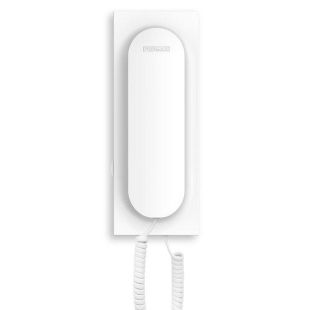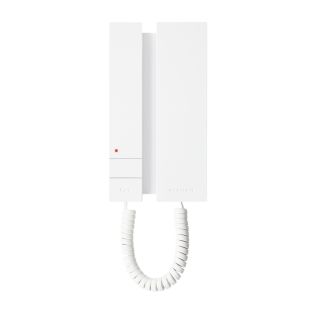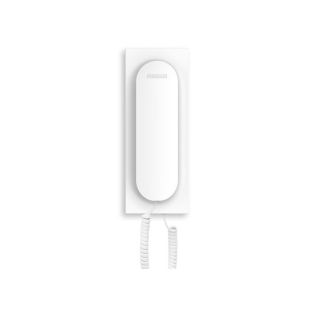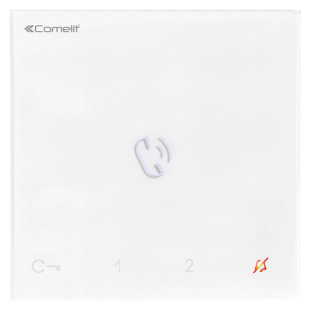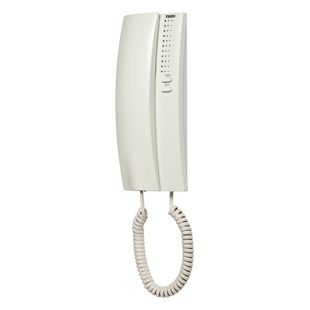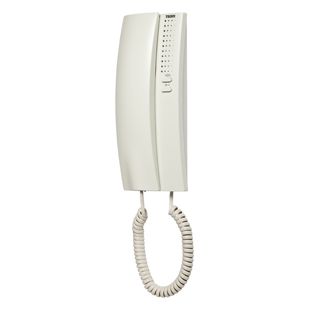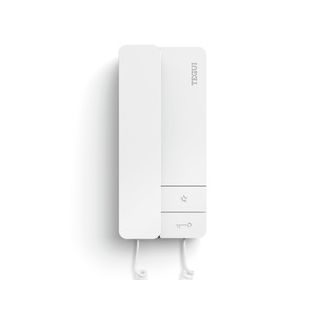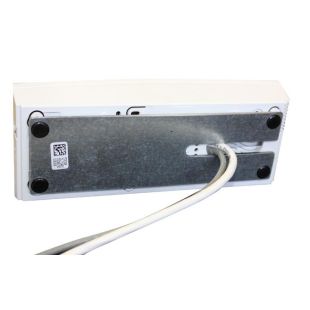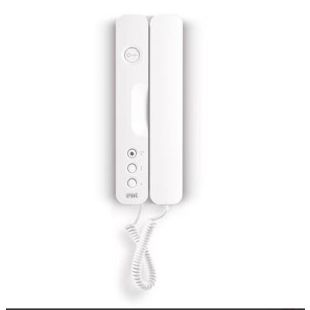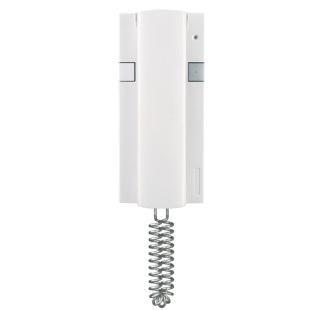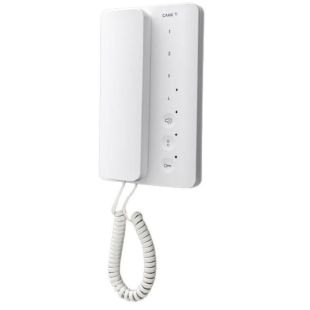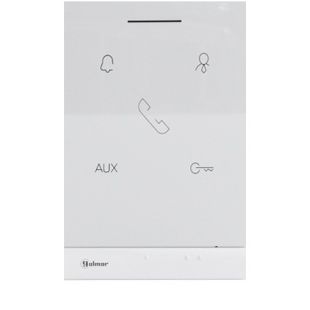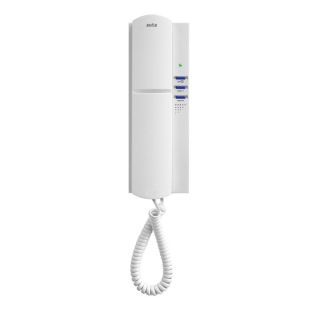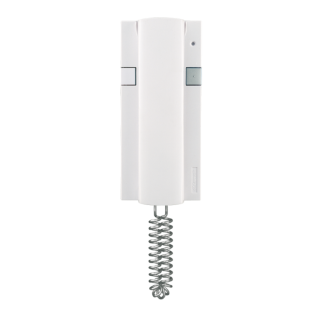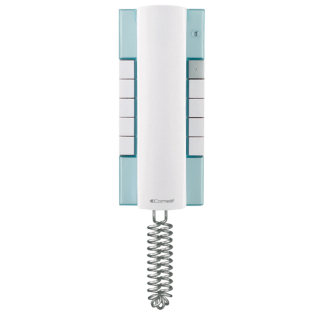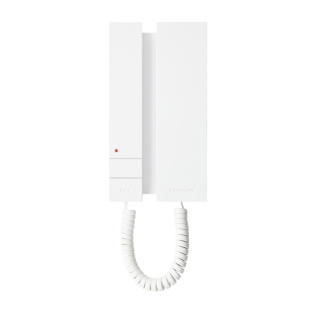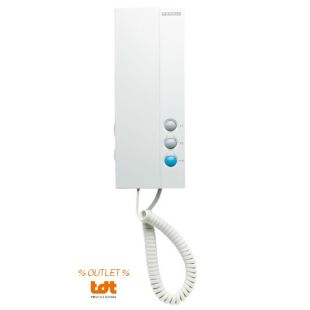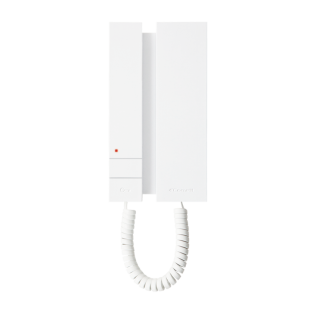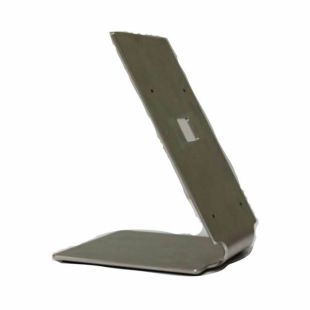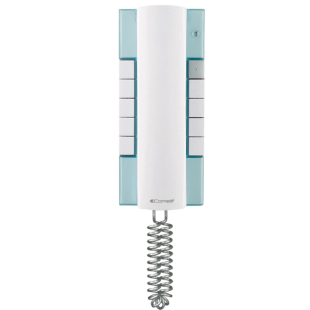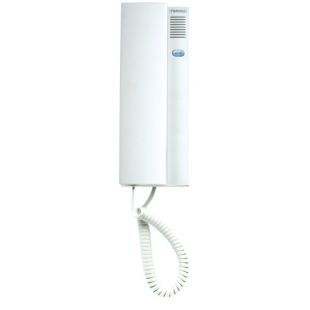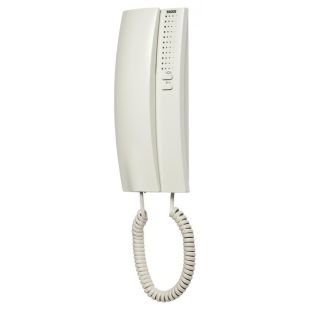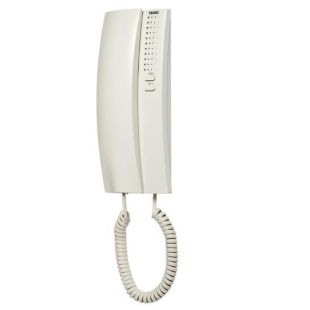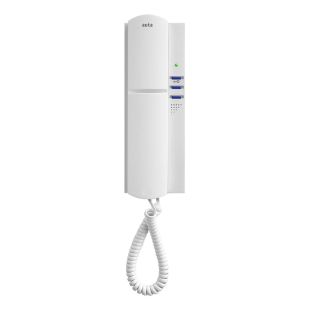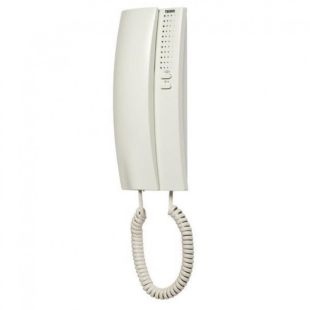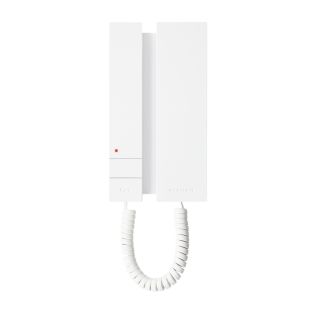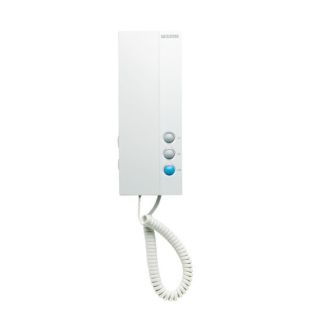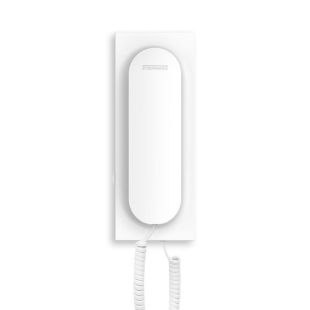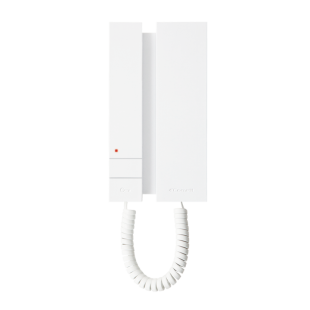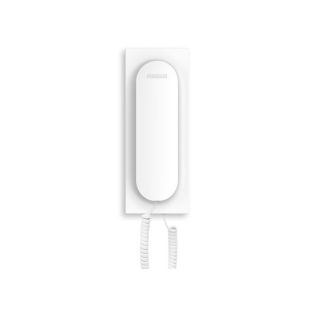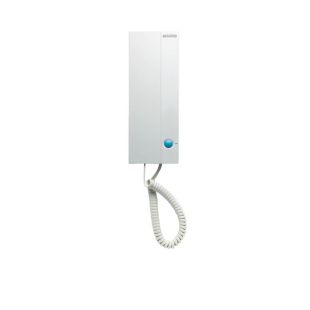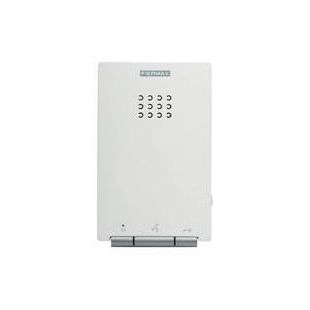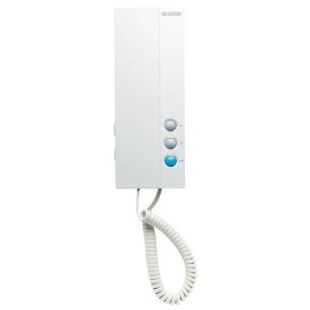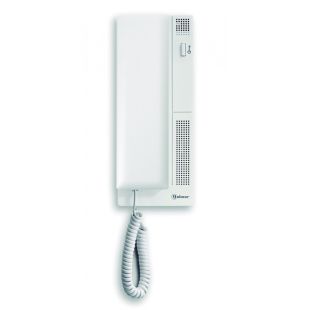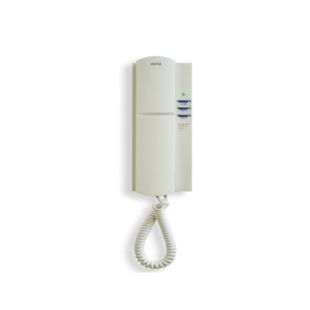Great store. Will be my favorite in the future. Sent quickly. All items are brand new sealed. And the prices are very nice. Separately, I want to thank Álex Guerra, who controlled my order from start to finish. In general, you are great!!
Thank you for the service. Absolutely top
Great comms. Very helpful and reliable all along
Order placed packaged well, dispatch and delivered promptly Would use again. Thank you
42/5000 the best team, both human and technical
Great store. Will be my favorite in the future. Sent quickly. All items are brand new sealed. And the prices are very nice. Separately, I want to thank Álex Guerra, who controlled my order from start to finish. In general, you are great!!
Thank you for the service. Absolutely top
Great comms. Very helpful and reliable all along
Order placed packaged well, dispatch and delivered promptly Would use again. Thank you
42/5000 the best team, both human and technical
Great store. Will be my favorite in the future. Sent quickly. All items are brand new sealed. And the prices are very nice. Separately, I want to thank Álex Guerra, who controlled my order from start to finish. In general, you are great!!
Thank you for the service. Absolutely top
Great comms. Very helpful and reliable all along
Order placed packaged well, dispatch and delivered promptly Would use again. Thank you
42/5000 the best team, both human and technical
-
 Qué Tipo de Armario Rack Necesito
Qué Tipo de Armario Rack NecesitoPara escoger un armario rack adecuado a nuestras necesidades tenemos que conocer los tipos de racks que existen y cuales son las condiciones que necesitamos que cumplan. […]
-
 Nuevo Plan Técnico TDT
Nuevo Plan Técnico TDTNuevo Plan Técnico TDT Nacional 2025 que transformará la televisión en España.
Se impulsa la DVB-T2, codificación HEVC y UHD 4K. Asegúrate de estar preparado y elige receptores actualizados. -
 Comprar Material Telecomunicaciones
Comprar Material TelecomunicacionesComprar material de Telecomunicaciones – Encuentra marcas como Fermax, Televes, Hikvision o Ajax de manera sencilla
-
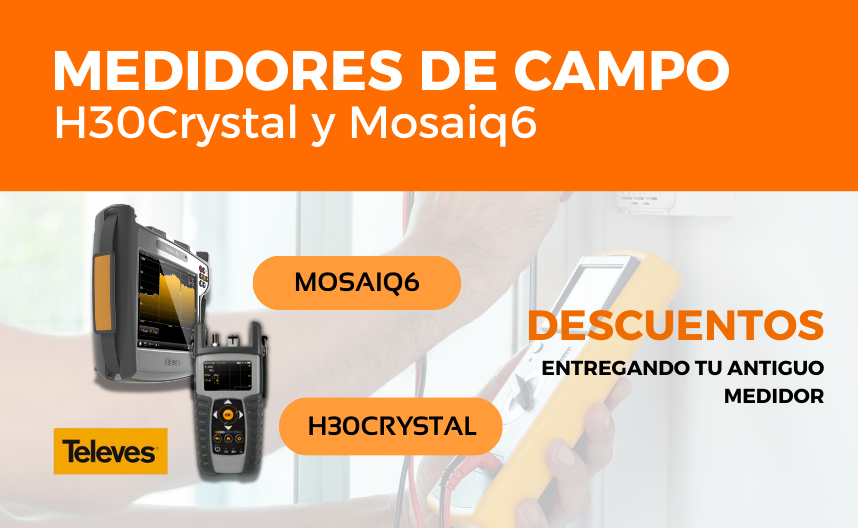 Renueva Medidor de Campo con la promoción X-Change
Renueva Medidor de Campo con la promoción X-ChangeRelanzamiento de la promoción X-Change de Televes, medidores H30Crystal y Mosaiq6. Posibilidad de obtener descuentos entregando un antiguo medidor.
-
 Cargador Coche Eléctrico
Cargador Coche EléctricoCargadores coche eléctrico Raedian: fáciles de instalar y controlar con la app. Disfruta de carga sin complicaciones, conectividad 4G y funciones avanzadas. ¡Optimiza tu punto de carga!
-
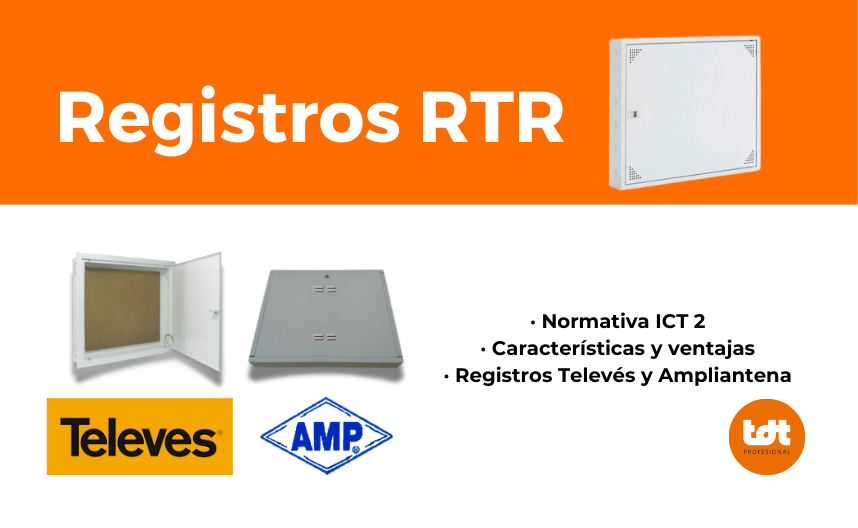 Registros de Terminación de Red (RTR)
Registros de Terminación de Red (RTR)Como instalador de telecomunicaciones, es imprescindible conocer en detalle los productos que componen cada red de las instalaciones ICT. En el blog de hoy vamos […]
-
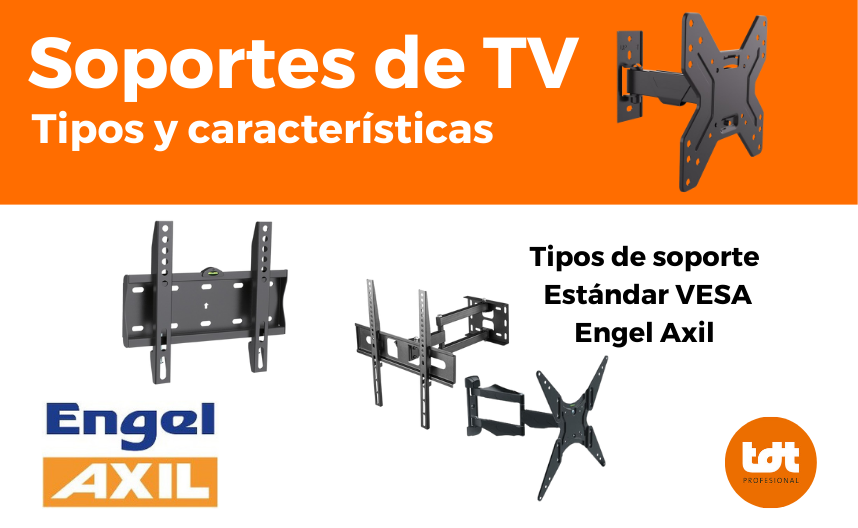 Soportes TV – Fijos, Ajustables, Pared y Techo
Soportes TV – Fijos, Ajustables, Pared y TechoAntes de adquirir un soporte, debemos tener en cuenta varios puntos, como las pulgadas para las que son válidos o el peso. A continuación, hablaremos […]
-
 Televisión en caravanas con Antena SmartNova
Televisión en caravanas con Antena SmartNovaSmartNova de Televés; Solución perfecta para disfrutar de televisión en caravanas. Fácil configuración gracias a la app ASuite. ¡Conoce más sobre sus características y cómo adquirirla en nuestro blog!
Telephones (Audio only) Universal 4+N, Digital and 2-Wire
Mainly the typical telephone that we have at home is usually an analog system, 4+N. You can check if you disassemble the phone and see that it has 5 wires connected. We strongly recommend that you take note of the colors of the wires and where each of them are connected as there is no standard that establishes what color should be connected to each terminal. As there is no such standard, each installer can do it in their own way. If you have to disassemble the door phone for replacement, write down the colors and connections. (Take a photo if necessary).
We have different brands: Fermax, Amplivox, Golmar, Tegui, Auta, BPT. Each brand has its own phones that only work for its brand and there are also universal phones. Universal phones can be used with other brands, but only if they are universal and only for 4 + N technology. If your telephone does not have 5 wires, that is, it has more or less, then do not replace it with a universal telephone.
In Fermax universal telephones we have the table of equivalences, where you can check with which other brands and models are compatible.
If you have questions about the choice of your phone, contact us.
Analogue electronic doorphones, 4 + N systems, are so called because they use 4 common wires plus 1 additional wire for each home. In other words, 5 wires will always be connected to your phone.
In the Fermax VDS system, 3 wires are used in the telephone, although a coaxial cable may have been left on the wall without connection for foresight if in the future you want to put a monitor.
For the Fermax BUS2 system. That it is a discontinued system, only 2 wires are used. As for the Fermax DUOX system which is the new system that replaces BUS2 and also uses only two wires.
For all these digital systems that use two, three, four wires, there is no possibility of replacement by a universal analog telephone. You have to look for a phone of the same brand and of the same technology.
Regarding the replacement of an analog telephone of any brand for a universal one, you only have to pay attention to the wiring equivalence provided by the instructions of the universal telephone itself, and to the position of the internal switches. Everything explained in the user manual, quick installation guide.



